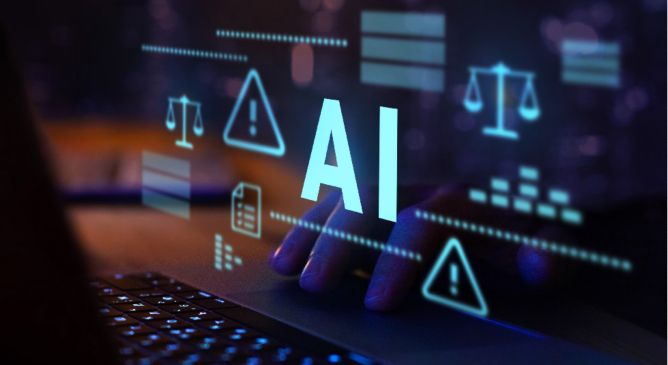October 17, 2024 at 04:18PM
The text discusses managing Rogue AI risks through Zero Trust architecture and layered defenses. It identifies causal factors for vulnerabilities in AI, such as misconfiguration and excessive autonomy. For effective mitigation, organizations must employ a comprehensive defense strategy and advance through the Zero Trust Maturity Model to strengthen security.
### Meeting Takeaways on Rogue AI and Security Measures
**1. Introduction to Rogue AI Risks**
– Reviewed previous discussions on managing AI risks.
– Highlighted organizations’ need for trusted AI identities.
– Acknowledged contributions from MIT and OWASP on collecting AI risks and suggesting mitigations.
**2. Causal Factors of Rogue AI**
– Identified three main types of Rogue AI vulnerabilities:
– **Accidental**
– **Subverted**
– **Malicious**
– Each type can arise from:
– **Excessive Functionality**: Misconfiguration leading to undue capabilities.
– **Excessive Permissions**: Misconfigured authorization escalating privileges.
– **Excessive Autonomy**: Lack of human oversight due to misconfigured tasks.
**3. Risk Identification and Mitigation**
– Start with proper configuration of AI services to prevent Rogue AI.
– Protect and sanitize points of interaction with data to prevent subverted attacks.
– Implement behavioral analysis to detect anomalies indicating Rogue activities.
**4. Comprehensive Defense Strategy**
– **Physical Layer**: Monitor resource utilization in AI processing.
– **Data Layer**: Utilize MLOps for versioning and verification to prevent model corruption.
– **Network Layer**: Restrict external access to AI services and monitor for anomalies.
– **Transport Layer**: Implement rate limiting and inspect data packets.
– **Session Layer**: Introduce human-in-the-loop processes and monitor session activities.
– **Application and Presentation Layers**: Ensure proper configuration of functionalities and restrict AI inputs/outputs.
**5. Zero Trust Framework and Rogue AI**
– Implementing Zero Trust principles is essential for mitigating Rogue AI risks.
– CISA’s Zero Trust Maturity Model outlines effective risk mitigation strategies:
– Dynamic resource access and stringent authentication.
– Centralized monitoring and policy enforcement.
– Automated controls for configuration and risk assessment.
**6. Goal for Organizations**
– Aim to reach the “advanced” stage of Zero Trust maturity, focusing on:
– Lifecycle management of configurations.
– Enterprise-wide visibility and awareness.
– Integration of mitigation measures across security pillars.
### Conclusion
Rogue AI presents significant risks that require a multifaceted defense strategy informed by Zero Trust principles. Organizations should focus on structured mitigation approaches and continuous monitoring to enhance their security posture against these threats.
